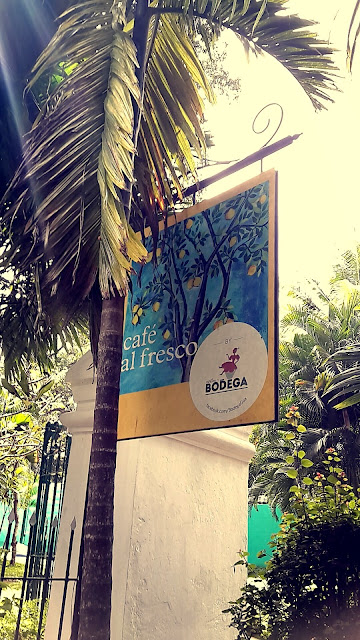Pro-Cooking Tips #6 - Creams!
Hey From EL The Cook!
Cream is a special portion of milk that is greatly enriched with fat. This enrichment occurs naturally thanks to the force of gravity!
Leave a container of milk to stand undisturbed, and the globules slowly rise through the water and crowd together at the top.
We value cream above all for its feel. Creaminess is a remarkable consistency, perfectly balanced between solidity and fluidity. It’s substantial, yet smooth and seamless. It lingers in the mouth, yet offers no resistance to teeth or tongue, nor becomes merely greasy.
In addition to its appealing texture,cream has distinctive “fatty” aroma notes from molecules also found in coconut and peach (lactones). And it offers the virtue of being a robust, forgiving ingredient.
History:
By the 17th century, French and English cooks were frothing cream into imitation snow. Cream’s heyday arrived in the 18th century, when it went into cakes, puddings,and such savory dishes as fricassees, stews,and boiled vegetables, and became popular in frozen form as ice cream.
Making Cream:
The natural separation
of cream from milk by means of gravity
takes 12 to 24 hours. Under refrigeration, ordinary pasteurised cream keeps for about 15 days
before bacterial activity turns it bitter and rancid.
On an industrial scale, cream is manufactured with a number of different fat levels and consistencies, each for particular purposes. Light creams are poured into coffee or onto fruit; heavy creams are whipped or used to thicken sauces.
Types Of Cream:
1) Crème légère (Half & Half)
Description: Light cream, with fat content 12-30%
Uses - Coffee, Pouring, Enriching sauces
2) Single Cream
Description: Airy Cream, with fat content 18-20%
Uses - Coffee, Pouring, Fruit Salads
3) Coffee Cream:
Description: Pourable, light cream with fat content 25%
Uses - Coffee, Enriching, Whipping.
4) Crème fraîche
Description: Fresh, cool cream with fat content 35-40%
Uses - Enriching, Whipping, Spreading (if rich)
5) Whipping Cream or Heavy Whipping Cream:
Description: Smooth, enriching cream with fat content 38-45%
Uses - Enriching, Spreading, Decoration on desserts & cakes.
6) Double Cream:
Description: Heavier cream, prominent fatty textures with fat content 48-55%
Uses - Spreading, Between Oreo biscuits.
7) Clotted Creams:
Description: Rich, smooth textures, almost butter like in consistency with fat content 55-65%
Uses - Spreading, Topping on Scones.
Gourmet Creams:

With today's masterchef's molecular and gastronomic conquests, cream is one of the most widely experimented on ingredients.
Often chefs create the lightest, fluffiest whipped cream is produced
with the help of a pressurized gas canister, filled with nitrous oxide (N2O)!
DID YOU KNOW?
For many centuries the word cream was somehow crossed with the religious word 'chreme' or consecrated oil, which incidentally stems from the Greek word 'chriein' which means 'to anoint' and also gave us the word Christ!



Comments
Post a Comment